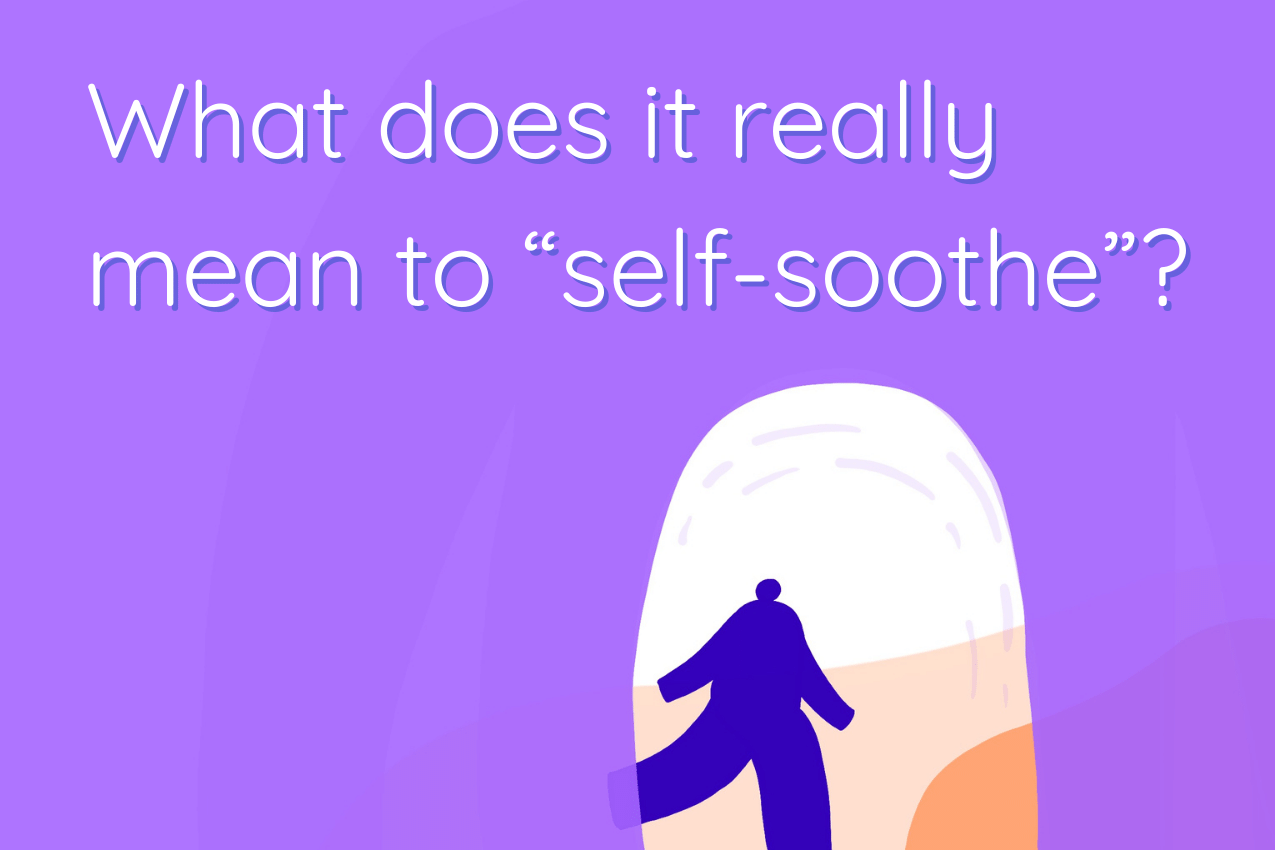What does it really mean to “self-soothe”?
by Crystal Thomas | January 2022
The term self-soothe is most commonly used to describe the ability of a young child to regulate their own emotions without the physical presence of a caregiver. This ability is very important in western society, where children and adults are expected to spend the majority of their waking hours away from loved ones while learning and working. However, many children struggle to learn effective self-soothing, and many people mature to adulthood while perpetually struggling to regulate emotions in healthy ways.
Self-soothing is necessary when we are emotionally dysregulated. Dysregulation may manifest physiologically through tearfulness, difficulty breathing, racing pulse, sweating, or abdominal discomfort. It may show up in the mind instead of the body–racing thoughts, intrusive worry, or negative self-talk. When these signs show up, we need to change our behavior or our environment in order to calm our minds and bodies.
Many people assume that the best way to handle discomfort and pain is to try to replace it with comfort and euphoria. Often, we rely on our five senses to comfort us by seeking to feel, taste, see, hear, and smell things that are pleasing. Sensation-seeking can lead us to seek quick-fixes for our negative moods, such as excessive use of alcohol and recreational drugs. Over time, relying on altered cognitive states to manage our moods can make healthy coping and self-soothing virtually impossible. However, with skill and mindfulness, we can use our five senses to guide us in selecting healthy strategies for self-soothing.
Sight - get yourself out in nature or interact with visual art
Hearing - listen to music or nature sounds
Touch - give yourself a neck rub or foot rub, or enjoy physical contact with a pet or loved one
Taste - enjoy a favorite drink, snack, or treat
Smell - use candles, air freshener, essential oils, perfume/cologne


